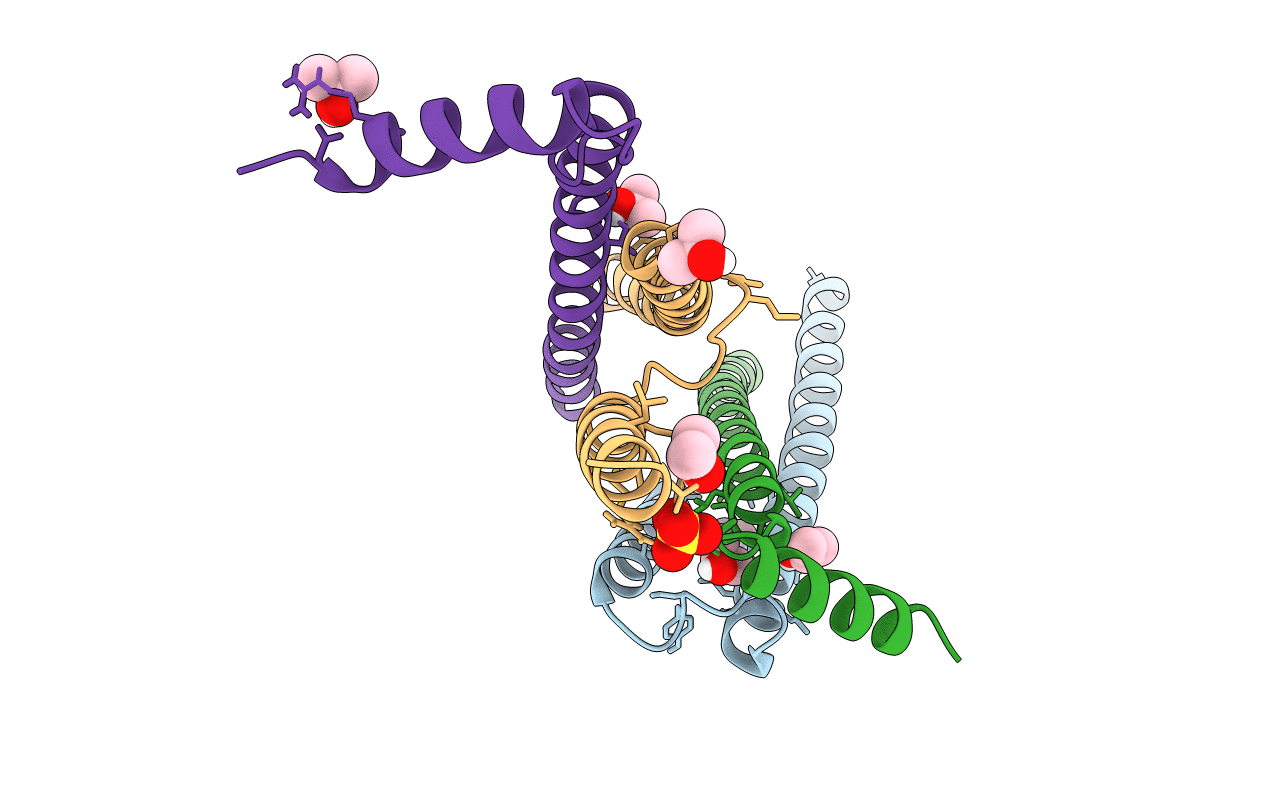
Deposition Date
2015-12-15
Release Date
2016-07-20
Last Version Date
2024-05-08
Entry Detail
Biological Source:
Source Organism:
Chlamydomonas reinhardtii (Taxon ID: 3055)
Host Organism:
Method Details:
Experimental Method:
Resolution:
2.23 Å
R-Value Free:
0.23
R-Value Work:
0.21
R-Value Observed:
0.21
Space Group:
I 41 2 2


